The death of Baldur, the Norse god of light and beauty, remains one of the most significant events in Norse mythology. The story of his demise has been told and retold through the ages, becoming a poignant reflection on the inevitability of fate and the fragility of the divine.
At the heart of this tale is the mistletoe, a seemingly innocuous plant that played a pivotal role in Baldur’s death.

According to Norse mythology, Baldur began to have premonitions of his own death, prompting the Æsir to hold a council. They decided to make everything in the world swear an oath not to harm him, but they overlooked the mistletoe, believing it to be too small and harmless to pose a threat.
This oversight proved to be fatal when Loki, the mischievous god, crafted a dart from mistletoe and tricked Baldur’s blind brother, Höðr, into throwing it at him, killing him instantly.
The mistletoe murder changed the course of Norse mythology, leading to the onset of Ragnarök, the end of the world. Baldur’s death was a significant loss for the gods and sent them into a state of mourning. It also highlighted the potential dangers lurking in the seemingly innocuous, serving as a cautionary reminder of the fragility of life.
The Beloved God and the Fateful Prophecy
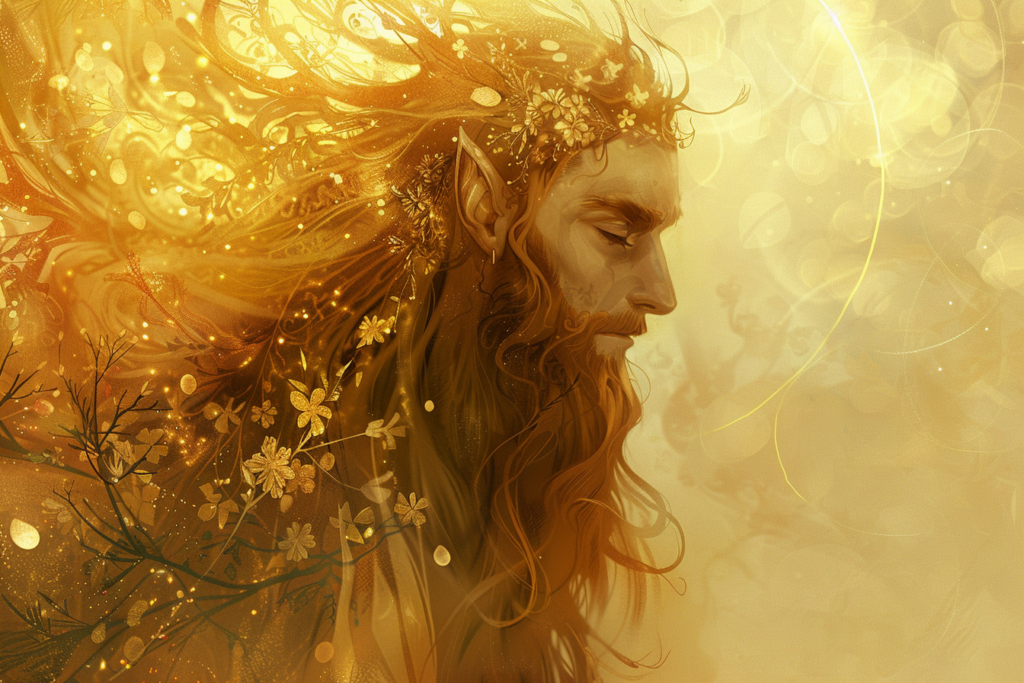
Baldur, the Norse God of light and beauty, was beloved by all. He was the son of Odin, the chief of the gods, and Frigg, the goddess of wisdom.
Baldur’s unparalleled beauty and invulnerability made him the most admired figure in all the realms. However, his fate took a tragic turn, leading to his untimely demise.
Baldur’s Dreams and Frigg’s Oath
Baldur started having ominous dreams of his own death. Frigg, his mother, was concerned and decided to take action. She went to every creature in the world and made them swear an oath to protect Baldur from harm.
Every creature, except the mistletoe, which Frigg deemed too small and harmless to pose a threat.
The Role of Loki and the Mistletoe
Loki, the trickster god, was jealous of Baldur’s popularity and invincibility. He discovered the mistletoe’s weakness and made a dart out of it. Loki then tricked Hodr, Baldur’s blind brother, into throwing the dart at Baldur, killing him instantly.
The death of Baldur marked a significant turning point in Norse mythology. It shattered the belief that the gods were invincible and immortal. The gods’ vulnerability became apparent, and it was clear that no one, not even the most beloved of all gods, was safe from death.
The Tragic Death and Its Aftermath
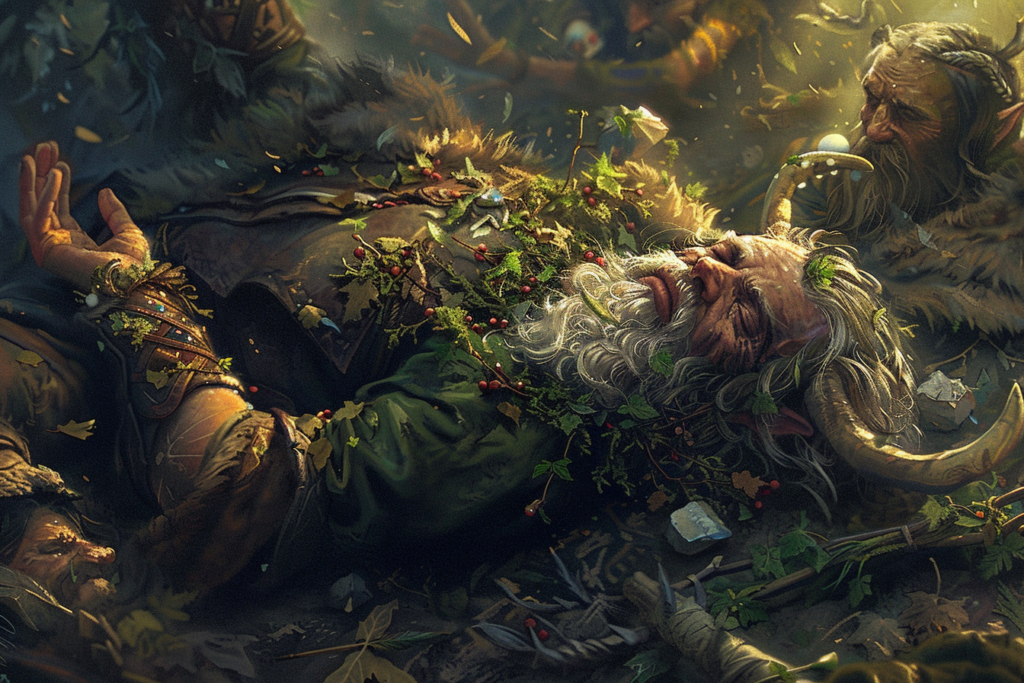
The death of Baldur was a devastating event that had a profound impact on Norse mythology. The story of Baldur’s death is one of the most well-known tales from Norse mythology, and it is a cautionary tale about the dangers of pride and the inevitability of fate.
The Fatal Game and Hod’s Involvement
According to the myth, Baldur began to have premonitions of his own death, and his mother Frigg went to great lengths to protect him. She made everything in the world swear an oath not to harm him, but she overlooked mistletoe, which she deemed too small and insignificant to pose a threat.
This oversight proved to be fatal.
Loki, the trickster god, discovered this weakness and fashioned a dart out of mistletoe. He then convinced Hod, the blind god of winter and darkness, to throw the dart at Baldur during a game. Hod, unaware of the nature of the dart, threw it and struck Baldur, killing him instantly.
Grief and the Quest for Resurrection
The death of Baldur plunged the gods and goddesses into deep mourning. His wife Nanna died of a broken heart, and Baldur was sent to Hel, the underworld, where he was to remain until the end of the world.
The gods and goddesses were desperate to bring Baldur back to life, and they sent Hermod, Odin’s son, to negotiate with Hel.
Hel agreed to release Baldur if all things in the world wept for him. The gods and goddesses went around the world, asking everything to weep for Baldur, and everything did except for one giantess, who was actually Loki in disguise.
As a result, Baldur remained in Hel, and the gods and goddesses were left to mourn his loss.
Ragnarok and the Legacy of Baldur’s Demise
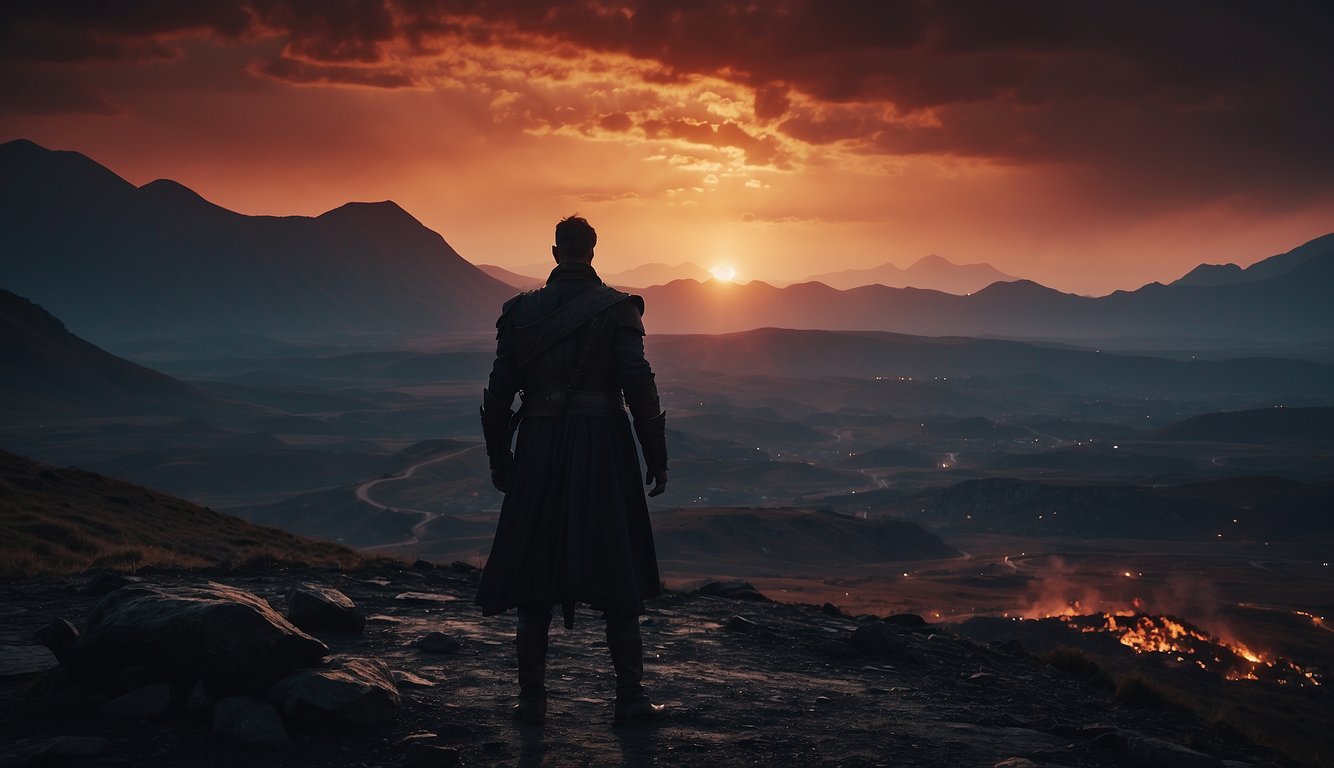
The Inevitability of Ragnarok
The death of Baldur, the beloved Norse god of light, marked the beginning of the end for the Norse pantheon. It was a cautionary tale of the dangers of hubris and the inevitability of fate.
The gods’ attempts to cheat death and protect Baldur from harm ultimately failed, and his death set in motion a chain of events that would lead to the end of the world and the beginning of a new one.
According to Norse mythology, Ragnarok was the final battle between the gods and the giants, and it was foretold that it would end in the destruction of the world.
The death of Baldur was a significant event in the lead-up to Ragnarok, as it signaled the beginning of the end for the gods.
Baldur’s Role in Norse Eschatology
Baldur’s death had a significant impact on Norse eschatology. It was seen as a sign that the gods were fallible and that even their most beloved and powerful members could not cheat death. It was a reminder of the mortality of all beings, even the gods, and the inevitability of fate.
As a result of Baldur’s death, the gods became more cautious and aware of their own mortality. They began to prepare for the coming of Ragnarok, knowing that it was an inevitability that could not be avoided.
The legacy of Baldur’s demise was a cautionary tale of the dangers of hubris. It also served as a reminder that even the gods must face their own mortality.


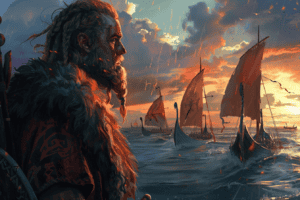
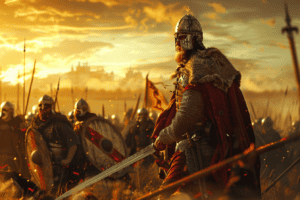
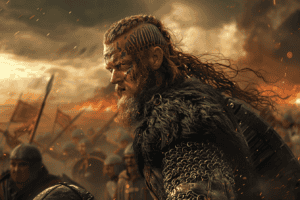





Add Comment